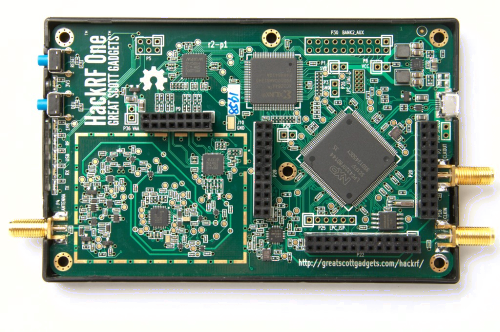Undergraduate Program: Department of Informatics and Telecommunications, University of Peloponnese
ECTS credits: 5
Semester: 5th
Requirement: Signals and Systems or Telecommunication Systems Fundamentals
Learning outcomes
By the end of this course students will:
- Recognize the most well-known line codes and plot corresponding spectra.
- Calculate the signal space dimension and design the optimal detector.
- Be aware of basic digital modulation techniques with (ASK, PSK, DPSK, FSK) and without (PAM, PPM, on/off) carrier and recognize their waveforms.
- Design optimum filters to eliminate intersymbol interference.
- Be able to calculate bandwidth and power requirements for optimal operation of digital communication systems.
- Calculate and compare the performance of basic modulation techniques in the presence of AWGN noise
Contents
Introduction, AWGN noise, line codes and spectra, baseband modulation techniques (PAM, PPM), signal algebra, constellation diagram, Nyquist filters, correlator and matched filter, intersymbol interference, probability of error and bandwidth requirements, optimum receiver design, maximum likelihood detectors, eye pattern, carrier modulation, coherent demodulation (ASK, PSK, FSK), non-coherent demodulation (DPSK, NCFSK), performance comparison.
Assessment
Written exams at the end of the semester in both theoretical and laboratory parts with a percentage 70% and 30%, respectively. Optional midterm exams are also possible
Bibliography
- B. P. Lathi and Zhi Ding, Modern Digital and Analog Communication Systems, 5th Edition, 2018. ISBN13: 9780190686840
- S. Haykin και M. Moher, Communication Systems, 5th Edition, November 2008, ISBN: 978-0-470-46088-7




